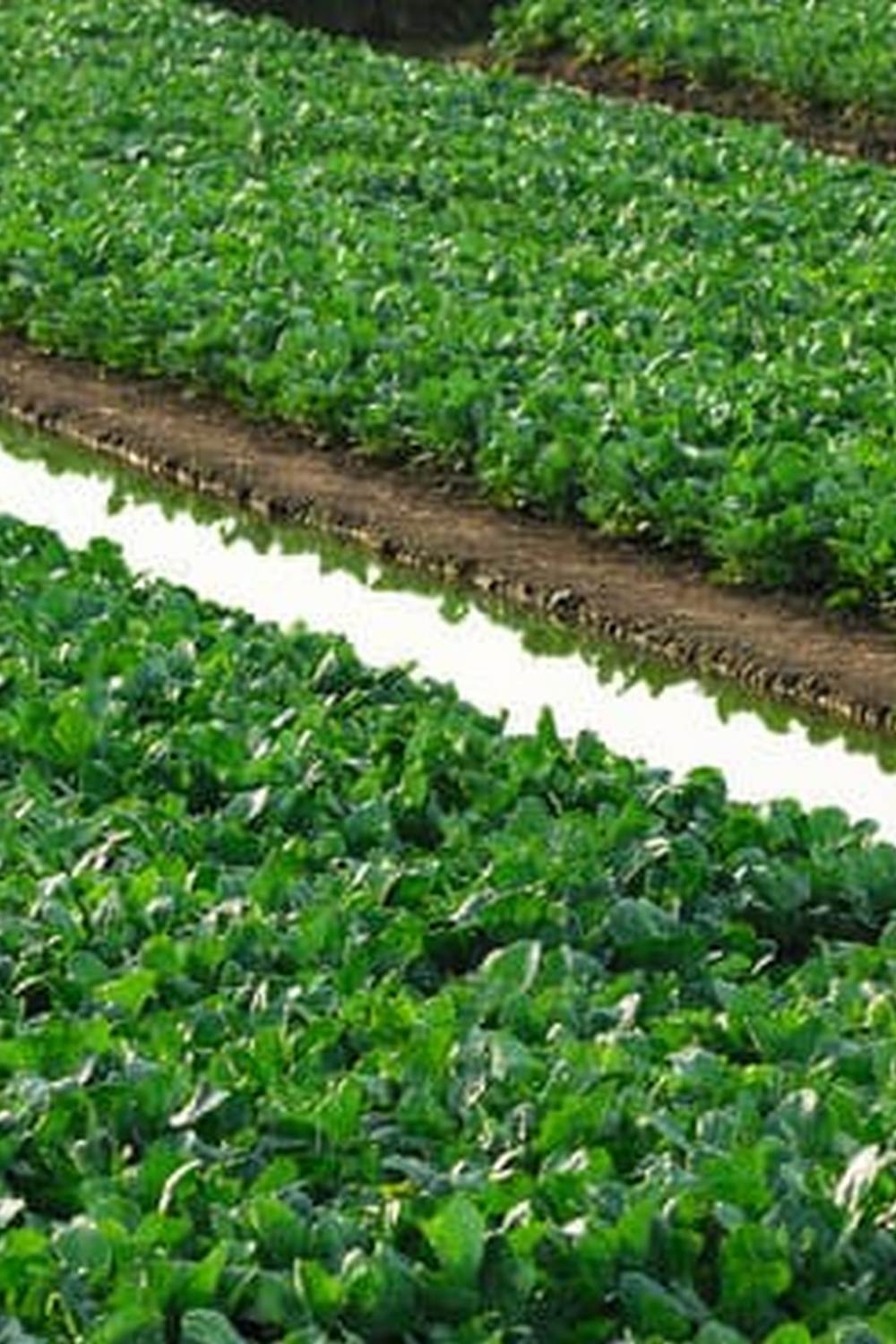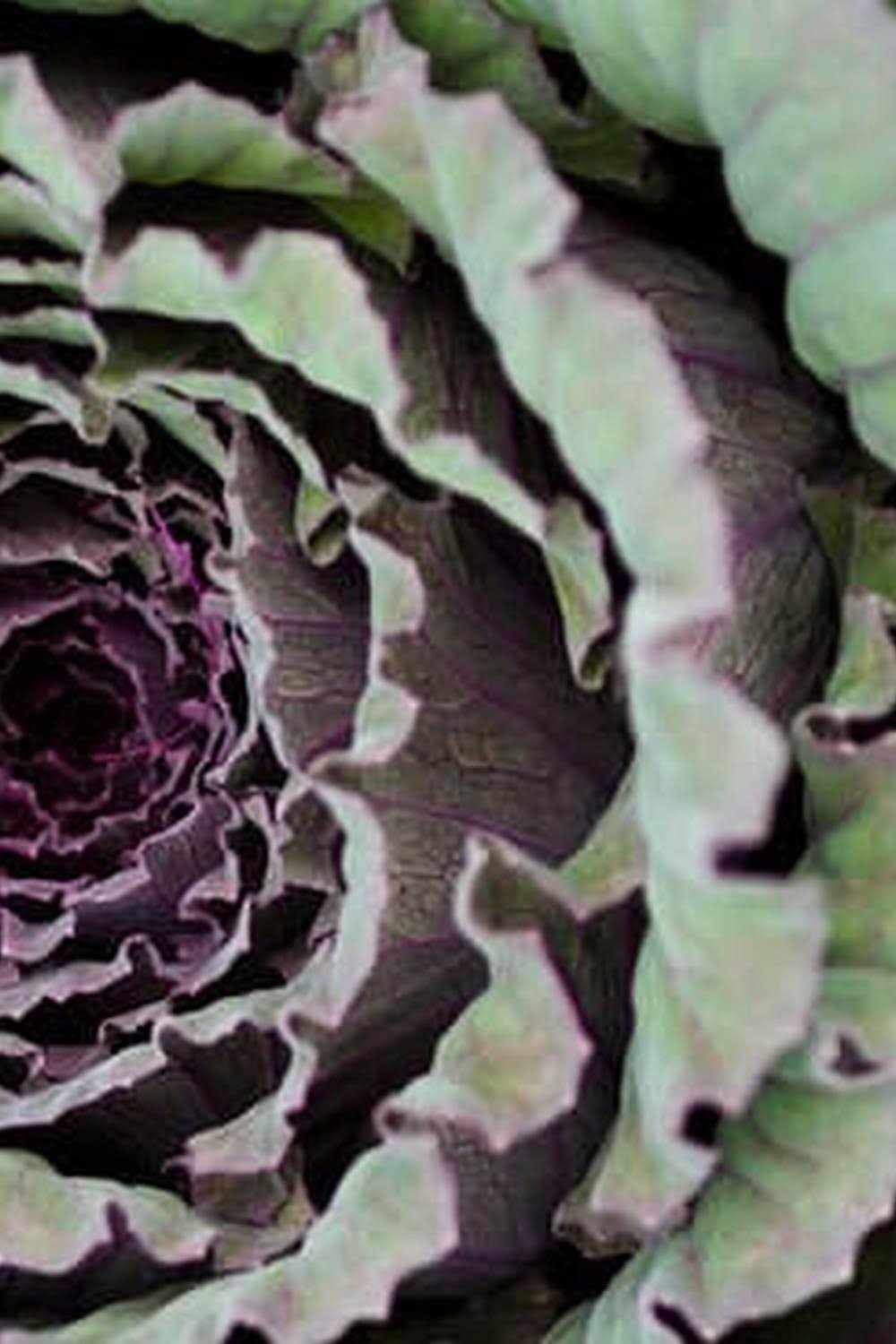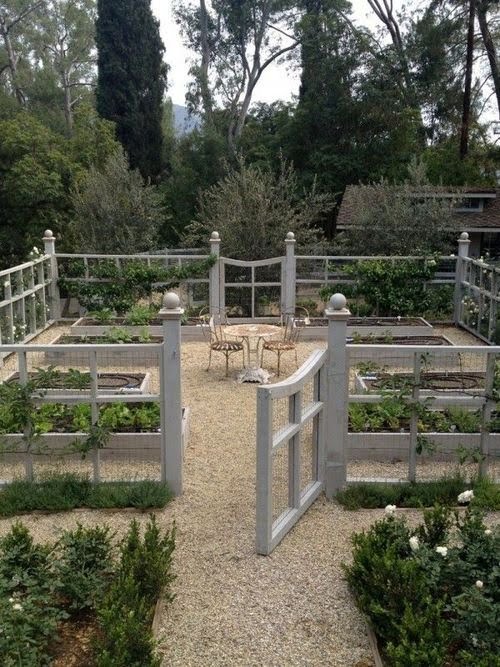How To Make The Best Compost For Vegetable Garden
There are many benefits to composting, including returning valuable nutrients to the soil, improving soil structure, and creating a hospitable environment for beneficial microbes. The best compost for vegetable garden is made with a combination of brown and green materials. Brown materials, such as dried leaves, straw, or woodchips, provide carbon, while green materials, such as fresh grass clippings, vegetable peels, or fruit cores, provide nitrogen.
To make compost, start by collecting materials from your yard and garden. Be sure to include a variety of materials, including both brown and green items. You can also add a small amount of soil to the mix. Next, mix the materials together in a pile or bin. You can use a compost bin or make your own by using a wooden crate, wire fencing, or an old garbage can.
If you have a backyard compost pile, turn the pile every few days using a pitchfork or shovel. If you’re using a bin, stir the contents every few days. This will help the materials break down and create compost. The compost will be ready to use when it’s dark in color and has a earthy smell.
Adding compost to your vegetable garden is a great way to improve soil health and helps your plants grow big and strong. Compost can be used to top dress existing gardens beds or mixed in to new garden beds before planting.
Best Soil Mix Container Vegetable Garden
When starting a container vegetable garden, the first decision you need to make is what type of soil to use. The best soil mix for container vegetable gardening is a mix of one-third each garden soil, compost, and vermiculite.
Garden soil is heavy and can be hard for roots to penetrate. Compost is a great amendment for soil because it is high in organic matter and helps to improve soil structure. Vermiculite is a lightweight soil amendment that helps to improve soil drainage.
The best soil mix for container vegetable gardening will provide good drainage, be high in organic matter, and be lightweight. This mix can be easily amended with compost to provide the nutrients your plants need.
Best Mulch To Use In A Vegetable Garden
When it comes to mulching a vegetable garden, there are many different materials you can use. But, which is the best mulch to use
There are a few factors to consider when choosing a mulch for your vegetable garden. The most important factors are the type of vegetable you are growing and the climate you live in.
For example, if you are growing vegetables that like cooler temperatures, such as lettuce or spinach, you will want to use a mulch that will help keep the soil cool. In warmer climates, you will want to use a mulch that will help keep the soil warm.
Another factor to consider is the type of soil you have. If you have heavy clay soil, you will want to use a mulch that is heavier than wood chips or straw. A mulch that is heavier will help to keep the soil from becoming compacted.
The best mulch to use in a vegetable garden depends on the climate you live in, the type of vegetable you are growing, and the type of soil you have. However, in general, wood chips or straw are good mulches to use in a vegetable garden.
Best Front Yard Vegetable Garden
Layout
When it comes to vegetable gardening, there is no one “right” way to do it. But there are some layouts that work better than others, especially if you’re trying to garden in a small space.
One great layout for a small front yard vegetable garden is the “U” shape. This layout is simple to set up and it makes good use of the space you have. With this layout, you’ll need three raised beds or planter boxes.
The first bed should be in the middle of the yard, and the other two should be on either side of it, forming a “U” shape. You can plant a variety of vegetables in each bed, or you can plant the same vegetable in each bed.
If you’re using raised beds, make sure to fill them with rich, organic soil. You can also add compost or manure to the soil to help make it more fertile.
To make the most of your front yard vegetable garden, be sure to choose vegetables that are well suited to your climate and the type of soil you have. Also, be sure to plant vegetables that you and your family will enjoy eating.
Some of the best vegetables to grow in a small garden are tomatoes, peppers, cucumbers, zucchini, lettuce, and spinach. These vegetables are all easy to grow and they’re also very nutritious.
A front yard vegetable garden can be a great way to save money on groceries, and it can also be a fun way to get outdoors and enjoy some fresh air. So why not give it a try
Best Vegetable Garden Layout App
When it comes to vegetable gardening, there’s no one-size-fits-all approach. But with the right tools, you can create the perfect garden layout for your needs.
One of the best tools for vegetable garden layout is an app. Vegetable Garden Layout is a great app for designing your garden, whether you’re starting from scratch or tweaking an existing plan.
The app has a variety of features, including:
• A library of plants, with photos and information on each variety
• A tool for creating a custom planting plan, based on the plants you select
• A tool for tracking your garden’s progress, with notes and photos
• A tool for sharing your garden plan with others
The Vegetable Garden Layout app is available for iOS and Android devices.
When designing your garden, it’s important to consider your space limitations, the sun’s exposure, and the types of plants you want to grow. The Vegetable Garden Layout app makes it easy to create a plan that fits your needs.
The app’s library of plants includes a wide variety of vegetables, fruits, and herbs. You can select plants based on their height, width, and sunlight needs. The planting plan tool allows you to create a plan for a single garden bed, or an entire garden.
The progress tracking tool is helpful for keeping track of your plants’ progress, and for making notes on what works and what doesn’t. The sharing tool allows you to share your garden plan with others, either as a PDF or a link to the plan on the Vegetable Garden Layout website.
The Vegetable Garden Layout app is an easy-to-use tool for creating the perfect vegetable garden layout. With its library of plants, planting plan tool, progress tracking tool, and sharing tool, the app makes it easy to get started with vegetable gardening, or to improve an existing garden plan.

If you’re looking to get into vegetable gardening, or are just looking for some tips on how to make your current garden better, then you’ve come to the right place! My name is Ethel and I have been gardening for years. In this blog, I’m going to share with you some of my best tips on how to create a successful vegetable garden.





